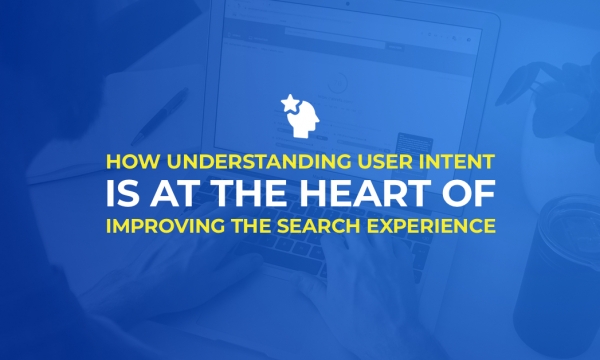
Rich video snippets are elements that Google can, if it so chooses to, pull into its standard search results and include information such as thumbnails, titles, descriptions and so on. The more information that you provide, the more Google has to work with – and if your content was up to standard, you were rewarded thusly.
But in recent weeks, we’ve seen a change. Fewer rich snippets are being pulled into search results – not just for video, but for authorship profile photos as well. Instead, as far as video is concerned, YouTube very much appears to be getting preferential treatment.
What’s actually happening?
Google has essentially become more selective about the videos that it wants to pull into the search results, but it hasn’t removed them completely.

This Mozcast graph demonstrates a notable drop in the number of video rich snippets being pulled into search results pages.
The majority of the videos that are being pulled through appear to be YouTube hosted, although examples of rich snippet embeds do still exist. This example is from a German query about changing a bicycle tyre:

Google engineer John Mueller has admitted that changes are happening, going on record as saying: “We're still showing video snippets, seeing changes from time to time is normal.
“They're not going away, we're still showing them, but you might see changes in how & when we show them (and seeing changes in search is normal).”
However, there are clearly signs that Google is favouring content from its own platform, with YouTube embeds now appearing in search results pages even if they are hosted in iFrames (although Google does claim that it “tries to associate framed content with the page containing the frames”, but provides no guarantees).

This could mean that Google is looking at supporting the connection between organic search and video search; the benefits for Google being that it will be able to understand the video quality metrics used by the YouTube search engine, such as video length, engagement rate, watch time and associated videos amongst others. Of course, there are commercial benefits for Google as well.
So does this change your branded video strategy?
The fundamental reasons why you do video in the first place – to inform, entertain, persuade and educate, remain. However, the way you distribute that video may change.
This isn’t a case of YouTube vs A.N.Other platform. Your strategy should always involve a blend of YouTube and rich snippet platforms, depending on what your overall goals are.
YouTube has the audience reach and is the platform that is synonymous with video, but it isn’t a platform for conversion. Rich snippet media players, hosted on your site, are great for driving conversions, but lack the audience reach. This example demonstrates the dilemma.

The video result is produced by AO.com and goes to their YouTube channel, not the video on their own product page. In this scenario, the retailer is reliant on the user viewing the YouTube video and then jumping to the transactional page. If the user was directed to the video on the retailer’s domain, the user is already ‘captive’, and more likely to convert.
This is where the rest of your search marketing comes into play – factors such as product content, social factors, technical SEO, the quality of the pages’ backlink profile and various other factors that are vital to rankings. The video is a great way for AO.com to increase their brand reach, but a transactional page needs to be ranking prominently order to translate that brand exposure into conversions.
So what now?
This isn’t any reason to slam the brakes on your video content campaigns – far from it. However, it is a reason to really think about what you want each piece of content to achieve.
If you’re looking at brand awareness, it would appear that YouTube is the direction on which to focus your efforts. However, if conversion is the intention from your content, then think carefully about how you distribute this content and how well positioned you are to convert the traffic that does come your way as a result.
Your video may be an outstanding, persuasive piece of content but if it is too difficult for your audiences to convert, you aren’t going to see that all important return.
Want to learn more about our SEO insights? Get in touch.


